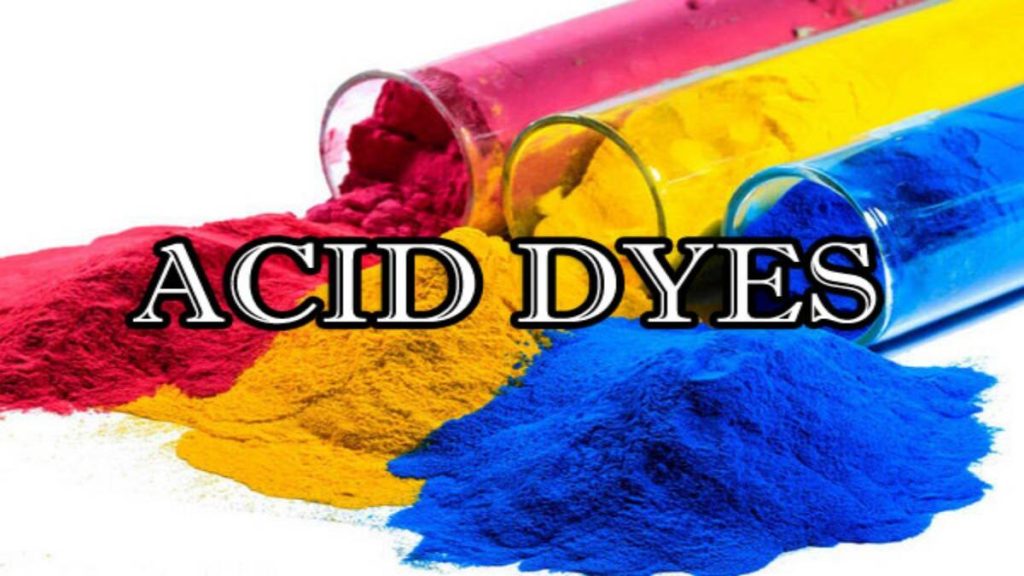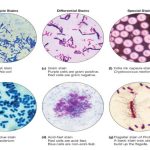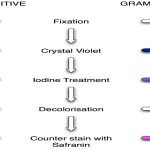Today we know a large number of aromatic and aliphatic compounds. Hydrocarbons are most common examples of aliphatic compounds whereas aromatic compounds are cyclic compounds with delocalized electrons which make them stable. Aromatic compounds act as precursor for many other organic compounds and have several industrial applications. For example drugs, dyes, paper –pulp industries, preparation of other organic compounds etc. Benzene is simplest aromatic compound which is commonly found in other aromatic compounds. Different derivatives of benzene like aniline, sulphanilic acid, nepthaol, phenol etc are important aromatic compounds which are used in the preparation of other organic compounds.
Dyes or stain are colored organic compounds which are mainly used for staining microorganisms in microbiology. Dyes are combination of Benzene ring, chromophore and auxochrome group. We know that bacteria are colorless and not visible in white light. To visualize them either dyes or stains are required which provide them certain color and make them visible. Some stains help to visualize certain structures like flagella, capsules, endospores of bacterial cells. On the basis of origin, dyes can be classified as natural and synthetic dyes. There are many plant sources for natural dyes such as roots, bark, wood etc. Even few lichens and fungi also have natural dyes. They are mainly used in textile industries. Synthetic dyes are man-made dyes which are prepared by reaction of different chemical compounds.
On the basis of chemical structure, dyes can be classified as acidic, basic and neutral dyes. Acid dyes are mainly used to dye protein fibers such as wool, feather and mohair etc. Acid dyes are mild acids and easily bind with proteins as proteins respond better to mildly acidic dyes. Acid Dyes contain acidic molecular groups like -SO3H and effective at low pH environment. These acidic groups can attach with basic amino groups of proteins that form bond between dye and protein. Hydrogen bonding, Van der Waals forces and ionic bonding are some common bonded which are formed between dye and protein.
Define Acidic Dye
Salts of carboxylic acid, sulphric acid and some phenolic organic acids act as dye and commonly known as acid dyes. They are usually ammonium and sodium salts of given acids. Due to polar nature, acid dyes are water soluble and exhibit affinity for amphoteric fibers. These dyes form ionic bonding with cationic sites of fiber.
What is the chemical difference between a basic dye and an acidic dye?
Some common chemical differences between acidic and basic dyes. Acidic dyes are made from protein fibers so they have good binding capacity with animal hair like wool. That is the reason; acidic dyes are widely used in textile industries. On the contrary, basic dyes are good with synthetic materials like olefin, nylon, polyester etc. Usually basic dyes have positive charge groups and can easily bond with negatively charged tissues. Unlike basic dyes, acidic dyes have negative charge and with good with positively charged tissues. Basic dyes are cationic salts of colored bases whereas acidic dyes are salt of a sulfuric and carboxylic organic acid.
Examples of Acidic Dyes in Microbiology
There are several acidic dyes which are very often used in microbiology. The negative charge on acidic dyes makes them useful in microbiology as they can easily bind with positively charged cell structures such as proteins. They provide background staining in capsule staining. Some common examples of acidic dyes used I microbiology are Acid fuschin, Nigrosine, India ink, Picric acid and Eosin.
Basic dyes are also used in microbiology. This is because they have positive charge and can bind with negatively charged molecules. Basic dyes can bind with molecules such as nucleic acid or molecules which have –COOH or -OH groups. Basic dyes are also used in bacteriology because surface of bacterial cells are negatively charged. Some common examples of basic dyes are basic fuschin, crystal Violet, Safranin and methylene blue. The combination of acidic and basic stain results the formation of neutral dyes. These dyes are used in nucleic acids and cytoplasm. Eosinate of Methylene blue, Giesma stain are neutral dyes, used in microbiology.


